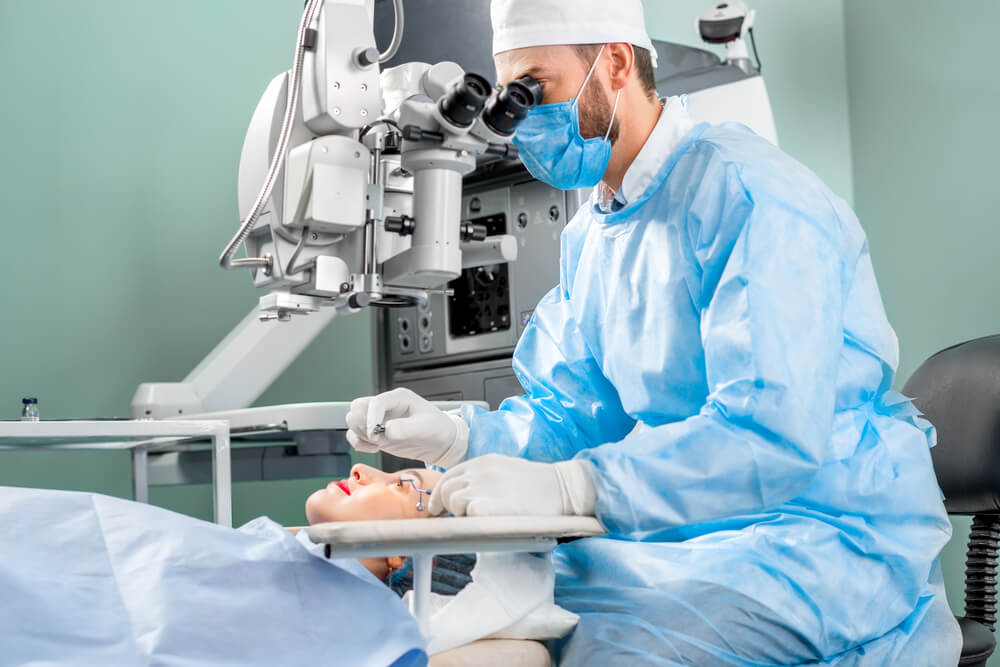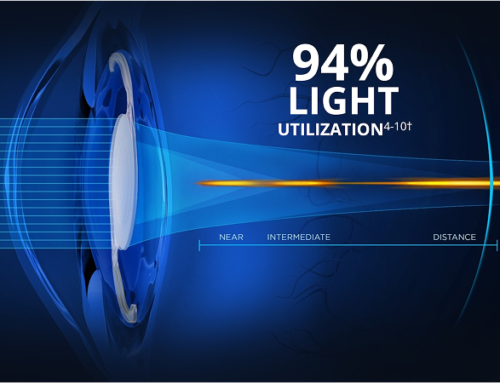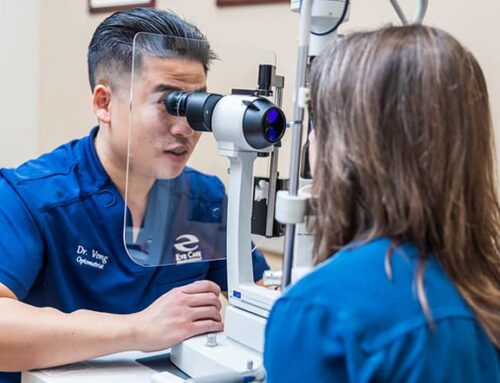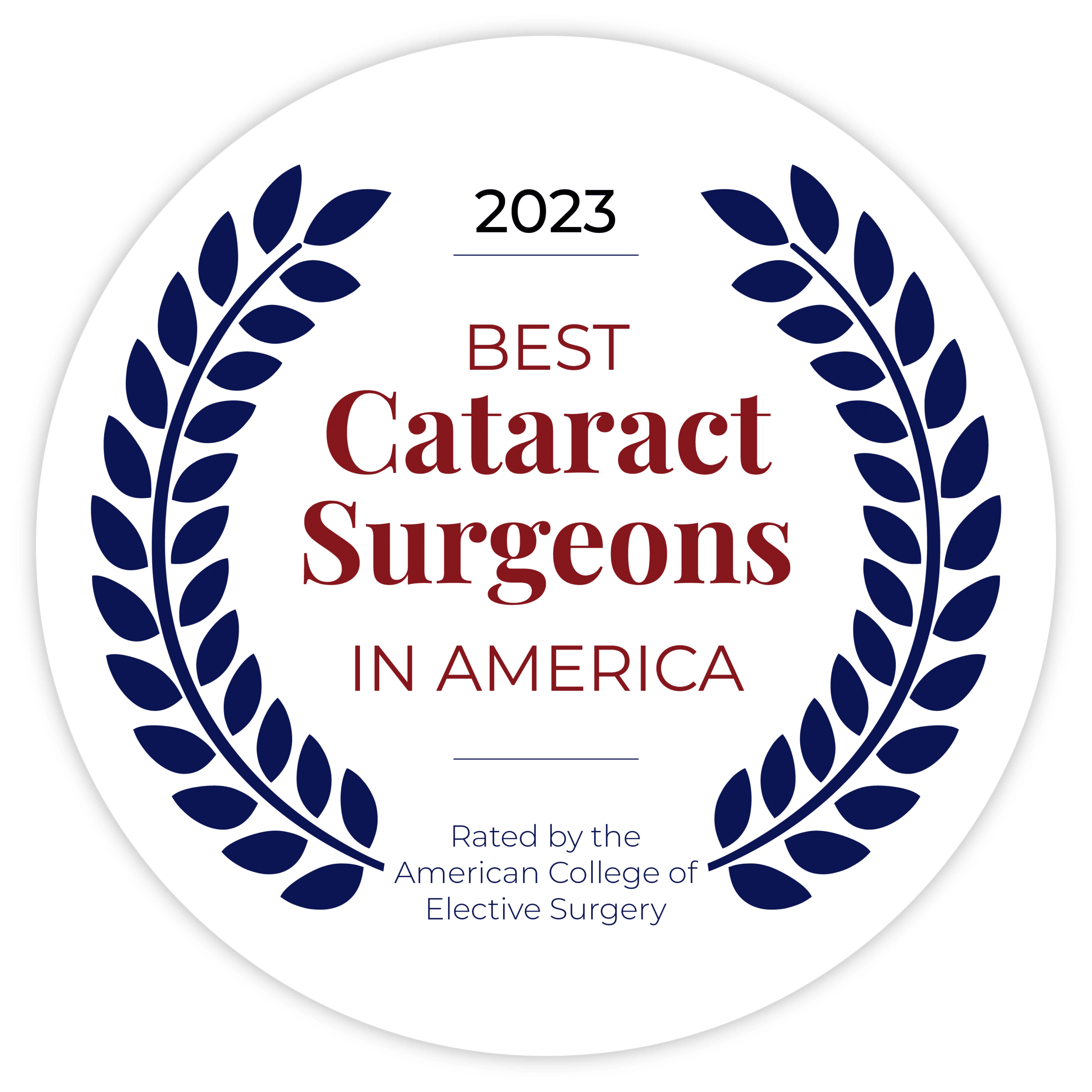Cataract surgery has undergone remarkable advancements, especially in the vibrant city of Reno. Nowadays, advancements in technology give the patient more options for this type of surgery. These changes offer patients a quicker recovery and the chance to tailor their vision correction like never before.
For those facing cataract surgery in Reno, the choice is no longer just about clearing their vision but also about enhancing their life. Let’s dive deeper into the various options available.
Inside Minimally Invasive Cataract Surgery
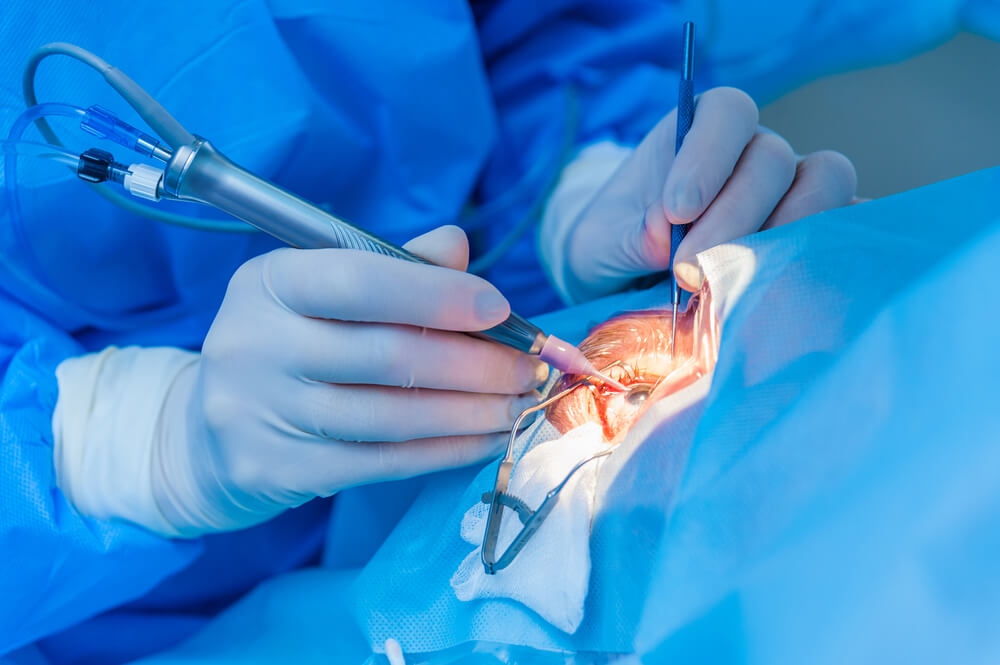
Gone are the days of lengthy hospital stays and extended recovery times. Today, modern cataract surgery, often referred to as minimally invasive cataract surgery (MICS), revolutionizes this once-invasive procedure. The term ‘minimally invasive’ isn’t just a buzzword – it’s a paradigm shift toward techniques that prioritize precision, comfort, and outcomes.
The foundational aspect of MICS is using smaller incisions, typically around 3mm in length. Surgeons operate with micro-sized tools, often guided by advanced imaging technology, providing unmatchable precision. These mini-incisions facilitate quicker healing, a lower risk of complications, and an overall more comfortable experience for the patient.
Advantages of Small Incisions: Reduced Discomfort and Faster Healing
The transformation from large incisions to tiny openings brings a multitude of benefits. Patients who undergo MICS are less likely to need sutures, and their incisions heal rapidly by themselves. This reduces the discomfort associated with surgery and lowers the risk of infection and other post-operative issues.
The speed of healing associated with smaller incisions means patients can often return to their normal activities within a couple of days. Contrast this with the older, larger-incision technique that sometimes necessitated weeks of recovery, and the value of MICS is crystal clear.
The Role of Intraocular Lenses (IOLs)

Intraocular lenses, or IOLs, are a pivotal part of cataract surgery. When a cataract-affected lens is removed, it is replaced by an artificial one, which can significantly improve a patient’s vision. The versatility of these lenses is astonishing, offering various options to suit a patient’s lifestyle and vision needs.
Replacing the Cloudy Lens: Restoring Clear Vision with IOLs
IOLs are transformative, not just for vision correction but also for enhancing lifestyle. They can correct nearsightedness, farsightedness, and astigmatism, essentially serving as a personalized window to the world.
The process of IOL selection is now collaborative between the patient and the surgeon. Factors such as the patient’s visual goals, occupation, and hobbies are considered when choosing the right lens. This personalized approach results in much higher patient satisfaction rates.
A Variety of IOL Lens Options: Tailoring the Lens to Your Needs
The array of IOL lens options is extensive, and each type serves a unique purpose. The most common categories include:
- Monofocal IOLs tend to provide clear distance vision and are often used bilaterally to avoid needing glasses.
- Multifocal and Accommodating IOLs offer a more versatile solution for distance and near vision, reducing the reliance on reading glasses.
- Toric IOLs are specifically designed for those with astigmatism, correcting both the cataract and the myopic condition.
These choices illustrate MICS with IOL placement’s remarkable flexibility, which aligns with the growing trend of personalized healthcare.
Available Materials
Intraocular lenses (IOLs) are crafted from various materials, each chosen for its specific properties and benefits. The most commonly used materials are polymethylmethacrylate (PMMA), silicone, and acrylic (both hydrophobic and hydrophilic).
- PMMA: This material has a long history of use and is known for its clarity and rigidity, though it requires a larger incision during surgery.
- Silicone IOLs: These lenses offer greater flexibility, allowing for smaller incisions and quicker recovery times.
- Acrylic IOLs: Hydrophobic options are particularly popular due to their biocompatibility and reduced chances of posterior capsule opacification, which is a frequent postoperative complication.
Benefits of Minimally Invasive Cataract Surgery with IOL Placement

The shift to minimally invasive techniques with IOL placement isn’t just about the procedure but the entire surgical experience and subsequent quality of life. Patients find a multitude of advantages in this approach.
Faster Visual Recovery Time: Returning to Your Daily Activities Sooner
One of the most striking benefits is the speed at which patients regain their vision. Most MICS patients notice improved vision within hours, with the majority experiencing a full recovery in days. This rapid recovery is a game-changer, allowing individuals to resume daily activities with minimal interruption.
Reduced Discomfort Compared to Traditional Techniques
Modern cataract surgery is far less traumatic for the eye, significantly reducing post-surgery discomfort. This is largely due to the small incisions that heal faster and cause little to no discomfort. Patients are often amazed at how hidden the entire process can be.
Improved Long-Term Outcomes and Corneal Stability
The smaller incisions employed in MICS translate to a more stable cornea over the long term. This is particularly important for individuals who may require additional eye procedures. The improved stability gives surgeons a better canvas for future enhancements, ensuring a consistent path toward better vision.
Choosing the Right Cataract Surgeon in Reno
Selecting the right surgeon is critical. The choice of a cataract surgeon can directly influence the outcome and experience of the procedure. In Reno, a city burgeoning with medical talent, it’s important to consider factors beyond the surgeon’s skill.
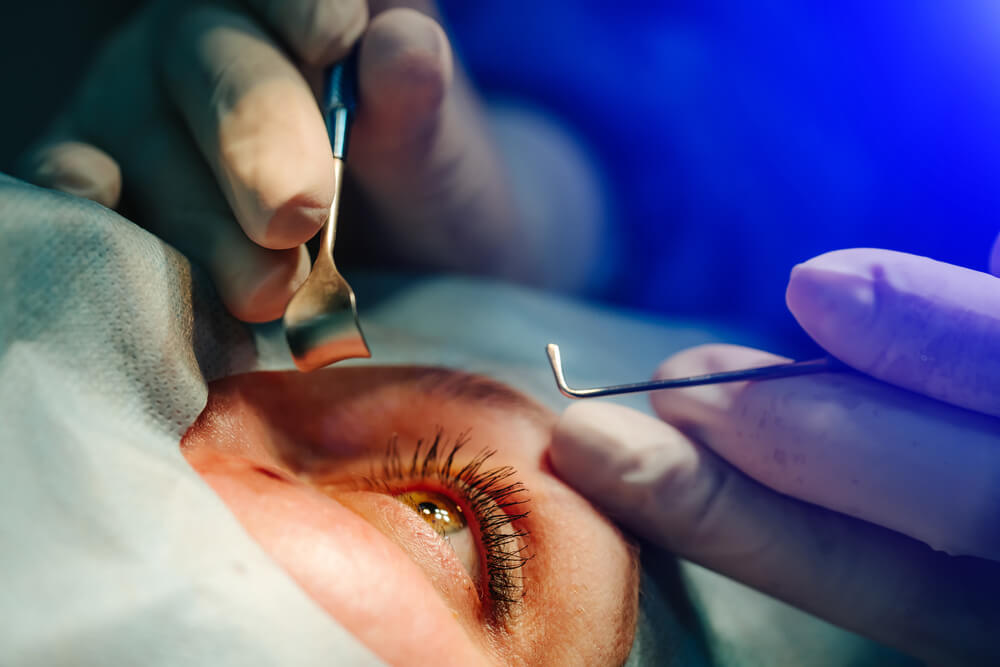
Importance of Board Certification and Experience in Minimally Invasive Techniques
When looking for a cataract surgeon in Reno, patients should prioritize those who are board-certified and have specialized training and experience in MICS, like ECP’s Dr. Matthew Mills. Experience in these modern techniques is a critical indicator of a surgeon’s adaptability and commitment to advancements in the field.
Patrons should also explore testimonials and referrals, often serving as a powerful testament to a surgeon’s skill and personality. A surgeon’s bedside manner can greatly affect a patient’s comfort and confidence throughout their surgical process.
Ultimately, deciding to undergo cataract surgery is personal and can be empowering. With an understanding of the modern options available in Reno, patients can take an active role in their eye health and vision preservation.
Leave Your Vision in Our Hands
Cataract surgery has evolved from a standard medical procedure to a bespoke intervention that champions patient choice and comfort. We at Eye Care Professionals are committed to offering the highest standard of care through personalized service and pioneering techniques.
We leverage cutting-edge technology to offer our patients a seamless surgical experience with remarkable outcomes. Our team of board-certified cataract surgeons boasts years of specialized training and experience in this field, ensuring that your vision is in safe hands. Get in touch to book a consultation.




